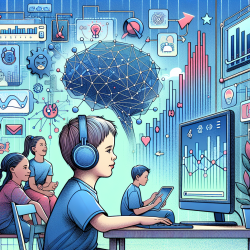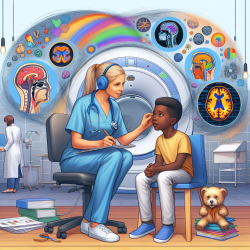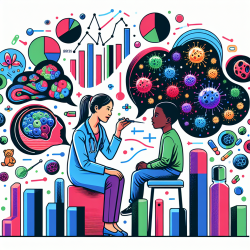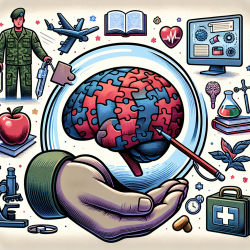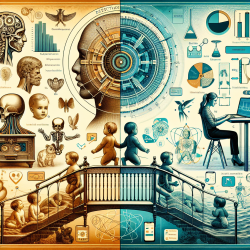Empowering Young Minds: Understanding the Digital World
In today's digital age, children are increasingly turning to the internet for information. However, many young users struggle with understanding how search engines like Google function, which can impede their ability to find credible and relevant information. A recent study titled "There’s a creepy guy on the other end at Google!: engaging middle school students in a drawing activity to elicit their mental models of Google" sheds light on how middle school students perceive Google and the implications for educators and developers.
Understanding Children's Mental Models
The study conducted with participants from the HackHealth after-school program revealed that many students personify Google, imagining it as a person or group of people working behind the scenes. This anthropomorphism indicates a limited understanding of the technical processes involved in search engines. The study found that students often focus on the human-like elements of Google, such as "smart people" or "scientists," rather than the actual algorithms and codes that drive search results.
Implications for Educators
As educators, it's crucial to address these misconceptions and enhance students' digital literacy. By incorporating lessons that demystify how search engines work, educators can help students develop more accurate mental models. This understanding can empower students to construct effective search queries and critically evaluate search results, ultimately leading to better information literacy skills.
Recommendations for Developers
For search engine developers, the study highlights the need for greater transparency in how search results are generated. By providing clear explanations and symbols that denote the credibility and relevance of search results, developers can help users, especially young ones, make informed decisions about the information they access.
Conclusion
Understanding the mental models of young users is essential for creating educational programs and digital tools that foster effective information-seeking behaviors. By bridging the gap between perception and reality, we can equip children with the skills they need to navigate the digital world confidently and responsibly.
To read the original research paper, please follow this link: There’s a creepy guy on the other end at Google!: engaging middle school students in a drawing activity to elicit their mental models of Google.
